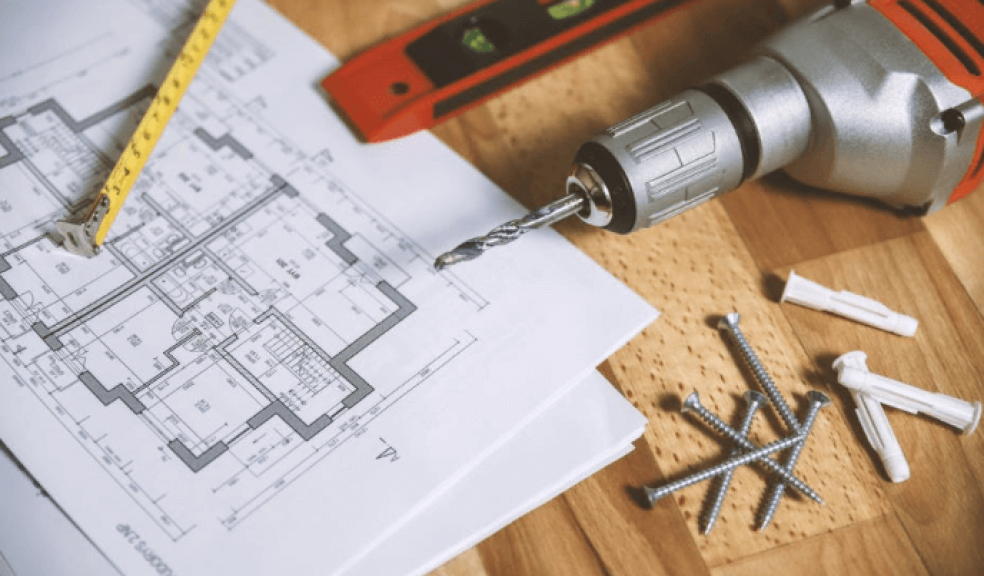
How to Plan Your Self-Build Dream Home Project
Living in the perfect home is something we all aspire to, but when you’re looking to a purchase a new property, it’s rare to find a house that is a perfect match for your ideal home. There’s usually at least one compromise to be made, and if your budget’s a bit tight, your new house could be several steps below dream home status.
One way to fulfil your dream home requirements is to opt for a self-build project. Find a building plot in the right location, design the perfect home, and have it built to your precise specifications; sounds straightforward enough, but it can be a lengthy and stressful experience if you don’t follow some basic guidelines.
Preparing your budget
Before you start dreaming of how your new home is going to look, you need to work out what you can afford to spend on the project. A well-managed self-build project can be significantly cheaper to complete than buying the equivalent home from a developer, which is one of its key advantages. Where projects tend to fall down is that the budgets and timeframes aren’t realistic, which means self-builds often come in over budget and take far longer than you anticipated.
To avoid these issues, you must create an accurate budget and be realistic about your available funds. Have a look at the detailed costings involved in building your own home, as it’s easy to miss out on the details and find you haven’t got enough money at some crucial stage of the build. You then might have to borrow at a higher interest rate or scale back your ambitions to raise the money.
Living arrangements
Very few people can afford to stay in their existing home and pay for a house to be built for them. It’s far more likely you’ll have to realise the capital in your current home to fund the building project, so you need to sort out where you’re going to live and work out the costings for this arrangement. An economical solution is to move into a temporary mobile home on the building site while selling your existing house, living on site until the new home is finished. You can get quite a luxurious mobile home for a reasonable price, and simply sell it on when you’ve finished with it.
For this to work, you still have to have the money to buy your plot of land, get started on the project, and pay for a mobile home. If you have sufficient savings or investments, you could cash in, that could be used to cover these initial expenses before the money from the house sale comes through.
Alternatively, you could arrange a bridging loan through the bank. These loans are designed to cover expenses that would be paid for out of the sale of a valuable asset like a house, to bridge the gap between needing to spend cash in advance and receiving the profits from your sale. Bridging loans can be expensive, so look for the best deals and try to accommodate full repayment out of the proceeds of the house sale.
Finding the right plot
You’ve probably got a good idea of the kind of environment you want to build in, for example, a desirable area in the suburbs, or a rural idyll with your own land. Register your interest with local estate agents who specialise in land sales, and set up alerts on property sites. Building plots are very often sold at auction, so you need to be ready to bid for a plot you want and pay for it outright. Make sure you research the plot carefully, checking for factors such as the prospect of development in the area, the likelihood of flooding, soil type, services availability, and what the neighbours are like. When it comes to internet speed, it may also be wise to check which provider offers the fastest connection in the area.
Planning permission can be a sticking point when looking for the right plot. A parcel of land that has planning granted on it will be far more expensive than a plot that hasn’t; however, if you buy land that hasn’t got planning permission, there’s no guarantee you’ll be successful in getting the permission you’re after. Plots with permission may have detailed plans that don’t match your requirements, which means resubmitting an application to change the design. All these stages take time and cost money, so think carefully about which approach fits best with your plans.
Designing your home
You don’t have to use an architect to design your home; you can do it yourself if you are able to create accurate scale drawings and provide all the details the planning committee would need. However, using an architect has distinct advantages. They have professional skills that ensure you get the best out of your design and are bound to have ideas that would enhance your property and improve its functionality. They have extensive knowledge of materials, building methods, what’s required by law, and how to get as close to your dream as possible within your budget.
Building your home
You can do some or most of the work yourself if you have the time and ability, and it could save you a lot of money. Always use professionals for skilled work like plumbing and electricals and specialist services like Gyvtec Ltd for jobs such as laying screed flooring over underfloor heating systems.
If you prefer to employ someone else to build your home, always get quotes from at least three builders before making a choice. You can project manage yourself, your builder can do it for you, or you could use an independent project manager. It’s important to have someone who is in charge and can manage all the works, plus planning, purchasing, and dealing with problems that arise. You want someone on site who is able to oversee the entire project and keep it running smoothly, and if you don’t have the time or expertise, it’s best to leave this to someone else.
When the work starts on your new home, all this preparation will be worthwhile. You’ll have a low-stress self-build experience and be able to move into your dream home right on time.











